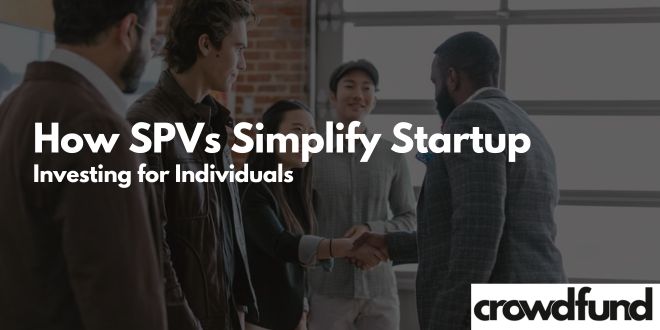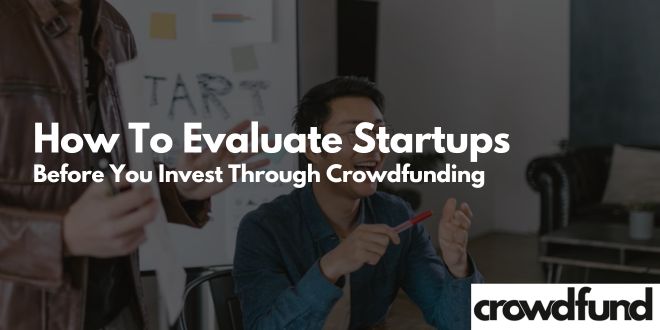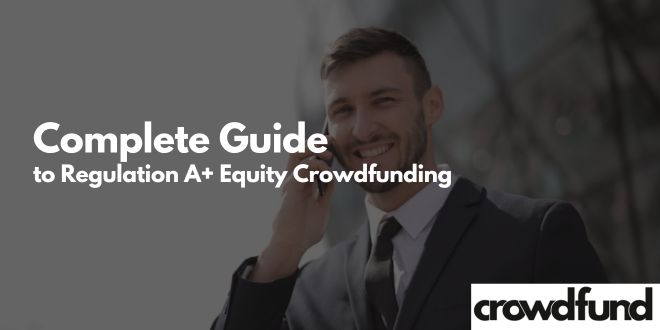The last decade has been a golden age for alternative finance. Most readers already know a thing or two about equity crowdfunding—raising capital by letting everyday investors buy small slices of a private company. Debt crowdfunding lives in the same neighborhood but takes a different route: instead of selling ownership, a business (or sometimes an individual project) borrows money from a “crowd” of backers and pays it back, usually with interest.
Think of it as a digital-era mash-up of a bank loan and a Kickstarter campaign, engineered so borrowers can tap a broad audience and investors can earn predictable returns.
How Debt Crowdfunding Works
At its core, debt crowdfunding is straightforward. A borrower posts a campaign on an online platform, describing how much money is needed, why it’s needed, how long repayment will take, and what interest rate or other reward the lender can expect. Investors browse offerings and, if they like what they see, pledge a portion of the requested amount.
When enough pledges roll in to hit the funding goal, the platform aggregates the money and transfers it to the borrower. Repayments flow back through the platform, which disperses principal and interest to each lender according to their contribution.
Most platforms set a minimum investment per deal—often as low as $25—so a single loan might be backed by dozens or even hundreds of individuals. That small-ticket entry point, combined with automated servicing, is what separates debt crowdfunding from a traditional private loan club or local credit union.
The Main Flavors of Debt Crowdfunding
Not all debt campaigns look alike. Over time, several models have emerged:
Fixed-Term Installment Loans
The borrower receives a lump sum and repays on a set schedule, usually monthly. Interest is either fixed for the life of the loan or adjusts in clearly defined steps.
Revenue-Share Loans
Payments rise and fall with a company’s top-line revenue, adding flexibility if sales fluctuate seasonally. The loan retires once the agreed-upon multiple of principal is repaid.
Invoice or Receivables Financing
Businesses front-load their cash flow by borrowing against unpaid invoices. Lenders are repaid when those invoices clear.
Real-Estate Bridge Loans
Developers raise short-term financing for property renovations or ground-up construction, then pay lenders back when they secure bank refinancing or sell the project.
Peer-to-Peer Consumer Loans
Individuals consolidate credit-card balances or fund big-ticket purchases through personal loans underwritten and serviced by the crowdfunding platform.
The unifying element across these flavors is the debt obligation: there’s a contractual pledge to return capital, unlike the ownership stake at the heart of equity crowdfunding.
Why Borrowers Choose Debt Over Equity
Selling shares can be liberating—you don’t owe anybody money—but it dilutes ownership and, for founders, sometimes means losing a bit of control. A debt campaign, by contrast, keeps the cap table intact. As long as the business can shoulder the periodic payments, the original owners stay firmly in charge.
Other Borrower Perks Include:
- Speed: Platforms often approve campaigns in days rather than weeks, and funding can close shortly after.
- Transparent terms: All costs are spelled out in the campaign, with no hidden covenants buried in legalese.
- Marketing halo: A well-run campaign doubles as a brand-building event, turning lenders into potential customers and ambassadors.
What Lenders Like About Debt Crowdfunding
Debt investors are typically drawn by the promise of predictable cash flow and a relatively short time horizon. Even modest interest rates—say, 7–12%—compare favorably with the savings account that’s been loafing at barely 1%. Many platforms also tout low correlation with public markets: whether Wall Street has a bad day or a good one, a bakery in Oregon still bakes bread and pays its loan.
Lenders Often Highlight Three Practical Upsides:
- Diversification: Because minimum investments are tiny, an investor can spread $1,000 across 40 loans instead of backing a single venture and hoping for the moon.
- Autonomy: Some platforms let lenders hand-pick projects that resonate with personal values—local agriculture, renewable energy, minority-owned businesses—adding a social-impact edge.
- Visibility: Regular statements showing principal and interest earned deliver a sense of progress that stock dividends (or the lack thereof) sometimes don’t.
Risks You Shouldn’t Brush Aside
No investment is foolproof, and debt crowdfunding carries its own set of potholes:
Common Risks Include:
- Default risk: If a borrower’s cash flow stalls, repayments can slow or stop altogether. Platform vetting and credit scoring help, but they don’t eliminate risk.
- Platform risk: The company servicing the loan could fold. Leading portals maintain bankruptcy-remote vehicles or backup servicers, yet it’s worth confirming those safeguards before you commit a dime.
- Liquidity: Most loan notes are “set it and forget it” until maturity. A handful of platforms maintain secondary markets, but you shouldn’t bank on a quick exit.
- Regulatory flux: Debt crowdfunding regulations differ by country and sometimes by state. Shifting rules can influence deal flow and platform operations.
Acknowledging these risks doesn’t mean avoiding the space; it means sizing positions sensibly and reading the fine print before clicking “invest.”
Debt or Equity: Complementary, Not Competing
Fans of equity crowdfunding sometimes view debt campaigns as the slower, less glamorous cousin. In reality, the two approaches can thrive side by side. A startup might raise a seed round through equity to fund R&D, then, once sales are humming, turn to debt crowdfunding for working capital—no extra shares issued.
From the lender’s perspective, fixed-income notes can steady a broader portfolio that includes higher-volatility equity stakes. In short, think of debt and equity crowdfunding as tools in the same toolbox, each designed for a different job.
Getting Started: A Practical Road Map
For Would-Be Borrowers:
- Polish your finances: Clean, transparent books improve both your odds of approval and the interest rate you receive.
- Craft a crisp narrative: Lenders want numbers, but they also want to believe in your mission.
- Check local regulations: Some jurisdictions cap how much you can borrow or how many non-accredited investors can participate.
- Compare fees: Platforms vary on origination charges, servicing fees, and late-payment penalties.
For Prospective Lenders:
- Start small: View your first few loans as tuition while you learn the ropes.
- Diversify ruthlessly: It only takes one default to ruin a narrow portfolio.
- Reinvest or harvest: Decide up front whether you’ll recycle repayments into new loans or move cash elsewhere.
- Mind the tax man: Interest income is often taxed at ordinary rates; set aside enough to keep April headaches at bay.
The Bottom Line
Debt crowdfunding turns the age-old act of borrowing and lending into a collaborative, internet-powered experience. Borrowers can tap capital quickly without surrendering equity, while lenders gain access to yield that once belonged only to banks and heavyweight institutions. There are real risks, and doing your homework remains non-negotiable.
Yet for many entrepreneurs and investors, the model has already proven its worth, bridging financial gaps and fostering a sense of community along the way. Whether you lean toward equity crowdfunding, debt crowdfunding, or a thoughtful blend of both, the expanding universe of online capital markets offers tools to match almost any goal.







.png)